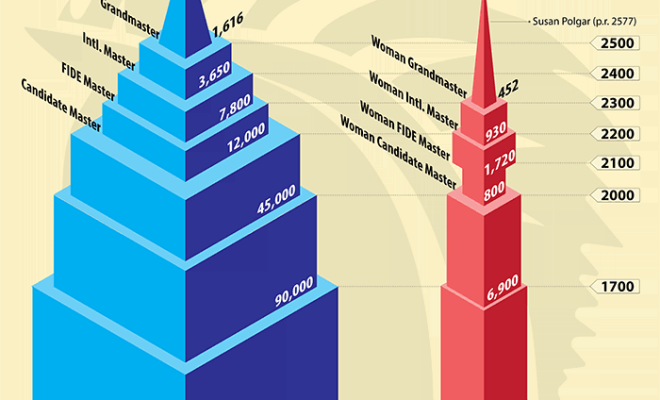How to Calculate APY: A Comprehensive Guide to Understanding Annual Percentage Yield

Introduction
Annual Percentage Yield (APY) is a financial term used to measure the interest earned on an investment, such as a savings account or certificate of deposit (CD), over the course of a year. It takes into account the effects of compounding, which is the process by which interest is added to your principal balance, increasing the amount of interest you earn in the future. In this article, we’ll discuss how to calculate APY and provide helpful tips for understanding how it’s used in practice.
Steps to Calculate APY
1. Identify Interest Rate and Compounding Frequency
To calculate APY, you’ll first need to determine the nominal interest rate (expressed as a percentage) and compounding frequency for your investment. The nominal interest rate is also known as the stated or advertised rate. The compounding frequency refers to how often interest is added to your principal balance and can be daily, monthly, quarterly, or annually.
2. Convert Interest Rate to a Decimal
Next, convert the nominal interest rate from a percentage to its corresponding decimal form by dividing it by 100. For instance, if your interest rate is 3%, you’ll calculate 3 ÷ 100 = 0.03.
3. Calculate APY Using Formula
The formula to calculate APY is:
APY = (1 + r/n)^(n*t) – 1
In this formula:
– r represents the nominal interest rate expressed as a decimal
– n represents the compounding frequency per year
– t refers to the time in years
Using this formula, plug in your specific values for r and n, raising the result to an exponential power based on the number of years desired (often just one), and then subtract 1.
Example of Calculating APY
Assume you have an annual nominal interest rate of 3% compounded quarterly. Here are the steps to calculate APY:
1. Convert interest rate to decimal: 0.03
2. Identify compounding frequency: 4 (quarterly)
3. Plug these values into the formula: (1 + 0.03/4)^(4*1) – 1
4. Calculate the result: (1 + 0.0075)^4 – 1 ≈ 0.03045125 or 3.045%
In this example, the APY is approximately 3.045%.
Tips for Understanding APY
– The higher the compounding frequency, the higher the APY will be compared to the nominal interest rate since you’ll be earning interest on top of your interest.
– When comparing different investments or savings accounts, it’s essential to compare them using their respective APYs to determine which one offers a better return on your money.
– Always ensure that you fully understand any terms and conditions associated with any financial product offering an APY – this may include penalties for early withdrawals, minimum balance requirements, and more.
Conclusion
Calculating APY is crucial for making well-informed decisions when investing your money or choosing a savings account. By understanding how APY works and how it’s calculated, you’ll be better equipped to compare and evaluate different financial products and make choices that best suit your personal financial goals.






